Δεδομενοποίηση: Από το οικολογικό ζήτημα των data centres στη σύγχρονη τέχνη
DS.WRITER:
Sophia Throuvala
Κεντρική Εικόνα: Yuri Pattison, dust scraper fan 3.4 world 2, 2017 (detail) | dust scraper fan 3.3 world 1, 2017 (detail) Courtesy: the artist | mother’s tankstation limited, Dublin | Labor, Mexico City | Photo: Kunst Halle Sankt Gallen, Gunnar Meier
Με αφορμή την ίδρυση και προσεχή εγκαινίαση των κέντρων δεδομένων (data centres) στην Ελλάδα από τη Lamda Hellix, μπορεί να ξεκινήσει μια συζήτηση για το αποτύπωμα της δεδομενοποίησης τόσο στη ζωή όσο και στην τέχνη. Data Centres, ή αλλιώς κέντρα δεδομένων, ονομάζονται οι κτιριακές εγκαταστάσεις στις οποίες φιλοξενούνται μεγάλες δομές υπολογιστών, τηλεπικοινωνιακές και αποθηκευτικές υποδομές. Οι δομές αυτές, ιδιωτικές ή δημόσιες, εξασφαλίζουν την αποθήκευση, την επεξεργασία και τον διαμοιρασμό μεγάλου όγκου δεδομένων στους πελάτες τους και χρήστες. Απαραίτητη για τη λειτουργία των μονάδων αυτών είναι η συνεχής και ταχύτατη συνδεσιμότητα στο διαδίκτυο.

Πηγή εικόνας: bbc.com
Τα επιχειρηματικά οφέλη που προκύπτουν από την ύπαρξη των κέντρων δεδομένων είναι σημαντικά, ωστόσο γεννούν και κάποια ερωτήματα που θέτουν σε κρίση την αξιοπιστία του προηγμένου ψηφιακού κόσμου. Τα data centres, όχι μόνο καταναλώνουν τεράστια φορτία ενέργειας και η κατασκευή τους σημαίνει αυτόματα την “κατάργηση“ μεγάλων εκτάσεων αλλοιώνοντας το αστικό και φυσικό οικοσύστημα, αλλά ταυτόχρονα τροφοδοτούν το πρόβλημα της υπερθέρμανσης με έναν τρόπο που επηρεάζει μελλοντικά και την ίδια τη βιομηχανία data centres. Οι ταχύτατες θερμοκρασιακές διακυμάνσεις στον πλανήτη υποδεικνύουν την αναγκαστική αλλαγή σκεπτικού.

Πηγή εικόνας: analyticsindiamag.com
Η δεδομένη συνδεσιμότητα η οποία είναι απαραίτητη για την ύπαρξη των data centres, προκύπτει κατά 90% με υποβρύχιες υποδομές, δηλαδή καλωδιώσεις. Συγκεκριμένα, οι αγωγοί διαδικτυακής κίνησης παγκοσμίως τοποθετούνται στον βυθό, προκειμένου να μεταφέρουν τον όγκο δεδομένων σε όλο τον κόσμο. Το πρόβλημα που προκύπτει από τη χρήση των υδάτων ως “ασφαλούς” χώρου κατασκευής των καλωδίων, είναι κυρίως οικολογικό, και όσο κι αν τα κέντρα δεδομένων είναι μια ραγδαία αναπτυσσόμενη βιομηχανία, ακροβατούν σε συνθήκες ρίσκου.
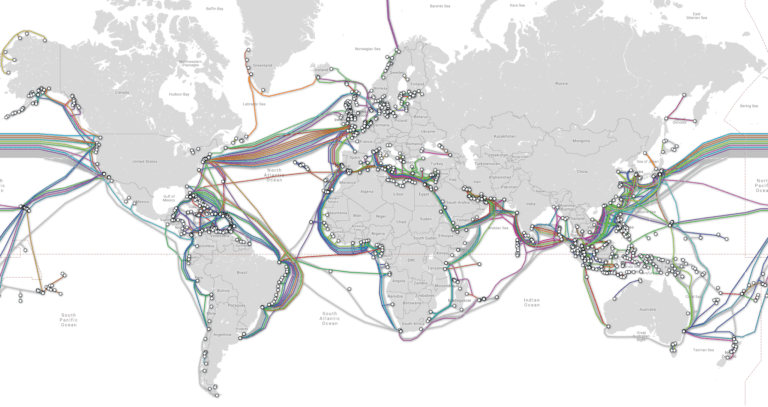
“And alongside that, our oceans will continue to become warmer and more acidic, sea ice and glaciers will continue to melt, sea level will continue to rise, and our weather will become more extreme.” | Submarine Cable Map | Πηγή χάρτη: cbinsights.com
Τι συμβαίνει όμως με το νερό; Η Παγκόσμια Μετεωρολογική Υπηρεσία (WMO) αναφέρει πως, κατά 93%, ο πλανήτης θα σημειώσει τη μεγαλύτερη θερμοκρασία από ποτέ, μεταξύ του 2022 και του 2026. Τα κέντρα δεδομένων χρησιμοποιούν μη αντιπροσωπευτικά data για τη ρύθμιση της θερμοκρασίας στο νερό -με συστήματα σχετικής ψύξης-, τόσο των ίδιων των καλωδίων όσο και της αντοχής τους στις εξωτερικές θερμοκρασίες. Λαμβάνοντας υπόψη τους δεδομένα μέσης θερμοκρασίας που είναι καταγεγραμμένα, τα οποία όμως δεν προβλέπουν τις θερμοκρασίες των επόμενων ετών, διακινδυνεύουν την επιτάχυνση της αύξησης της θερμοκρασίας εντός των αγωγών και γύρω από αυτούς.
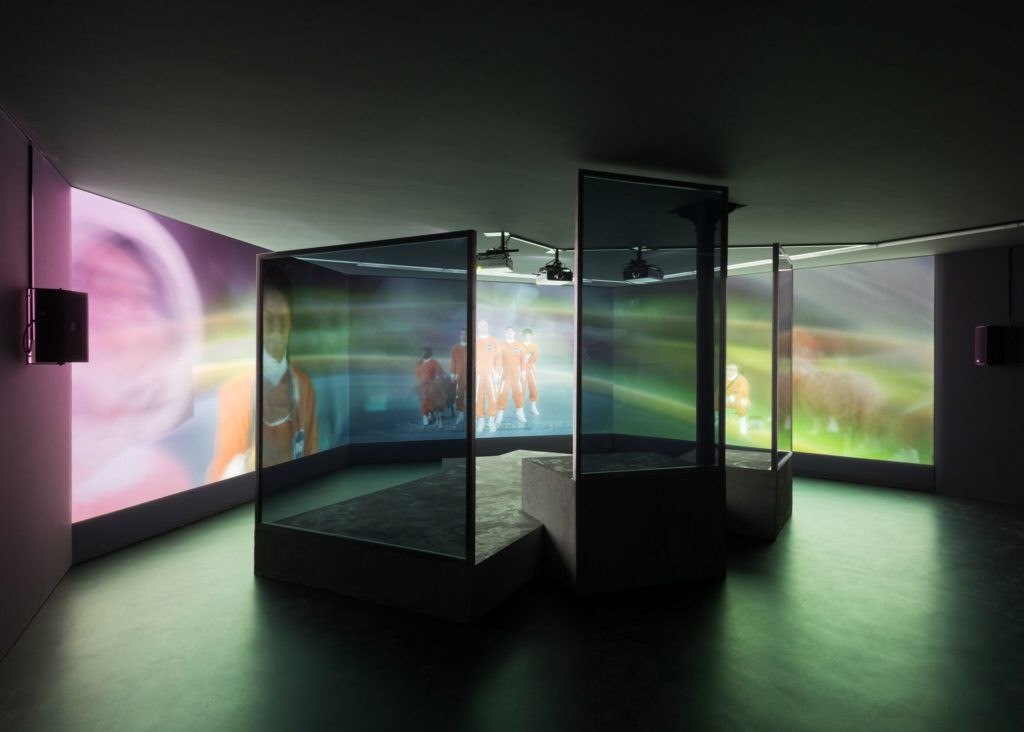
Hito Steyerl ExtraSpaceCraft (2016) (Installation view from Kunstmuseum Basel). Photo: Marc Asekhame, courtesy of the Artist, Andrew Kreps Gallery, New York and Esther Schipper, Berlin | Πηγή εικόνας: news.artnet.com
Οι εταιρείες λαμβάνουν υπόψη τα όσα μέλλονται, αλλά βασικός σκοπός τους είναι το πρόσκαιρο κέρδος, πράγμα που θολώνει την όλη οικολογική προσέγγιση. Ωστόσο, ήδη κάποιες εταιρείες, προσπαθώντας να αντιμετωπίσουν τις νέες προκλήσεις, επιχειρούν την εφαρμογή εναλλακτικών τρόπων κατασκευής και λειτουργίας των κέντρων, ενώ επίσης είναι σημαντικό πως υπάρχει η σκέψη να “αποικιστεί” ο Βορράς με data centres, καθώς, όπως φαίνεται, οι χαμηλότερες θερμοκρασίες βοηθούν στη διατήρηση της θερμοκρασίας εντός και εκτός των υποδομών. Φυσικά, όλα αυτά γεννούν νέα ερωτήματα για τις πολιτικές και οικολογικές επιπτώσεις μιας τέτοιας στρατηγικής.
Πολλοί καλλιτέχνες, σε μια προσπάθεια κατανόησης αλλά και κριτικής της έννοιας της συνδεσιμότητας και των προβλημάτων που απορρέουν από αυτή, δημιουργούν έργα ρηξικέλευθα, που τα χαρακτηρίζει η σύγχρονη ερμηνεία τόσο της τέχνης όσο και της πραγματικότητας.
Στα πλαίσια αυτά γίνεται χρήση του όρου “παιγνιοποίηση”*, προκειμένου να γίνει κατανοητό το πόσο εύκολη είναι η πρόσβαση σε έναν “χώρο” (ψηφιακό) που μπορεί να παραγάγει ασύμμετρες εξουσίες, χρησιμοποιώντας ωστόσο κοινή γλώσσα και φυσικά ίδιες βάσεις δεδομένων. Πόσο δύσκολη είναι η αντίσταση σε αυτόν τον προηγμένο κόσμο; Πώς η αντίσταση μεταφράζεται σε υπόδειξη των “κωλυμάτων” του συστήματος, που προσφέρει συν τοις άλλοις “ασφάλεια”;
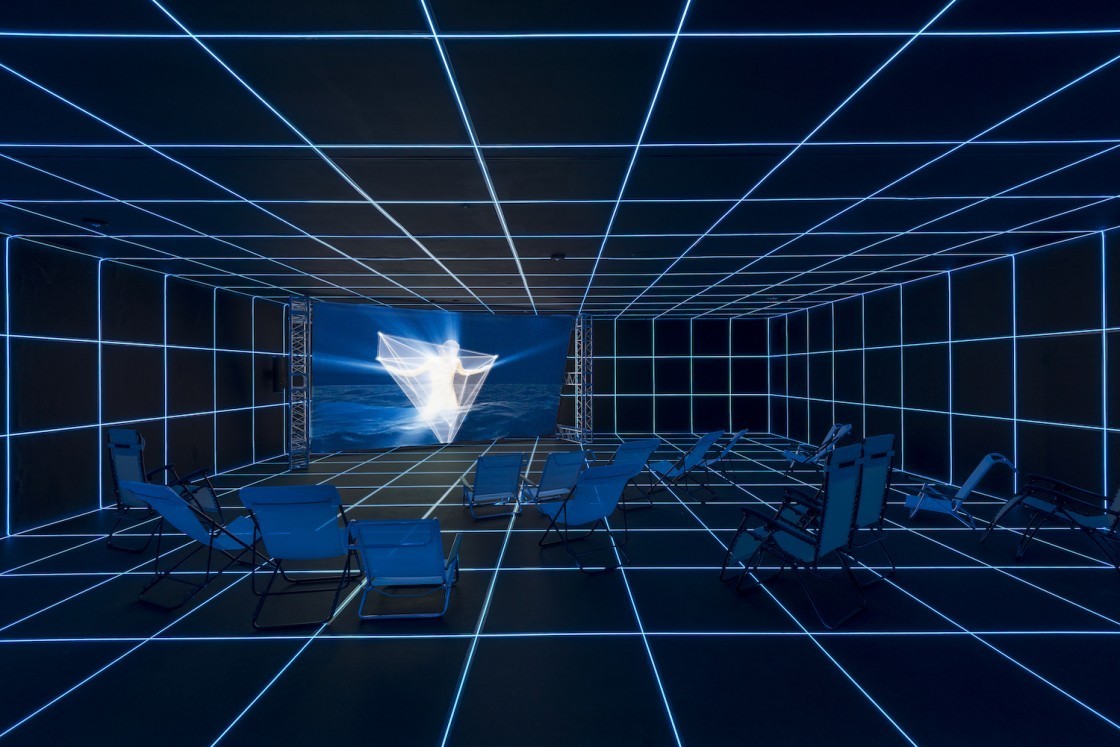
Hito Steyerl: Factory of the Sun by MOCA Assistant Curator Lanka Tattersall | Πηγή εικόνας: moca.org
Για παράδειγμα, η Hito Steyerl ασχολείται με την έννοια του “μη αόρατου” στη δεδομενοποίηση κιόλας από το 2013. Στο βίντεό της “How Not to be Seen: A fucking didactical educational Mov File” κάνει λόγο για τη δυσκολία τού να είσαι αόρατος σε έναν κόσμο που συλλέγει δεδομένα. Η χρήση του λεγόμενου “καμουφλάζ” μπορεί να “σπάσει τον αλγόριθμο”, ο οποίος δεν μπορεί να καταλάβει τη σύμβαση της μεταμφίεσης. Εκφράζει την επιθυμία τού να περάσει κανείς απαρατήρητος από τον έλεγχο δεδομένων. Στην πρόσφατη και πρώτη της έκθεση-retrospectiva με τίτλο “A Sea of Data”, παρουσιάζονται 23 έργα της τα οποία ασχολούνται ακριβώς με το ζήτημα της δεδομενοποίησης και της δημόσιας πληροφορίας, ως κάτι το -ας πούμε- πλαστό, όπως στην περίπτωση της τέχνης.
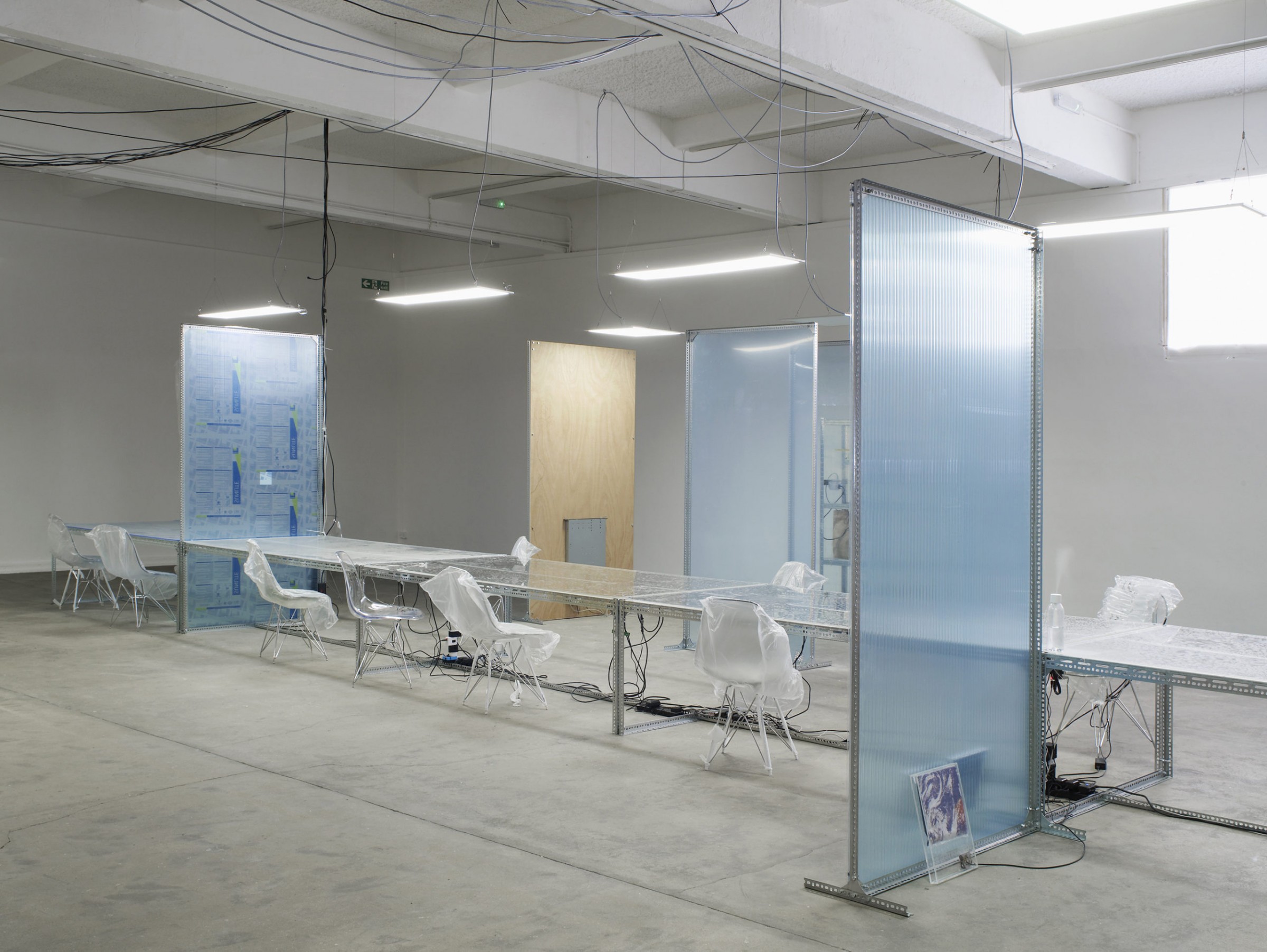
Πηγή εικόνας: curamagazine.com
Αντίστοιχα, το έργο του Yuri Pattison διερευνά τις πολλαπλές σχέσεις μεταξύ του οπτικού πολιτισμού, του χώρου, των τεχνολογιών επικοινωνίας και της κυκλοφορίας της πληροφορίας. Εκμεταλλευόμενος τον φυσικό χώρο, εξερευνά τις έννοιες της ανοιχτής επικοινωνίας και των ορίων στον σύγχρονο χώρο εργασίας. Κατασκευάζει σύνθετες αφηγήσεις μέσα από δεδομένα, αρχειακές πηγές και ιστορικά αποσπάσματα-μαρτυρίες. Επικεντρώνεται στις προηγμένες τεχνολογίες συγχρονισμού και στη σχέση μεταξύ ψηφιακών οικονομιών και αποικιακών τάσεων. Στο Trusted Traveller του 2017 ασχολείται με τα μη υπαρκτά όρια και σύνορα. Σε ένα δίκτυο αγωγών καλωδίων που αιωρείται πάνω από τα κεφάλια των επισκεπτών, με την ελεγχόμενη χρήση φωτός ο καλλιτέχνης καθοδηγεί με μεγάλη ακρίβεια το βλέμμα του θεατή, θέτοντας το ζήτημα της εξειδικευμένης όρασης και της αορατότητας βάσει δεδομένων τουριστικής αποίκησης. Επίσης, και αυτός ασχολείται με το καμουφλάζ και τα ειδικά επινοημένα διαβατήρια, στα οποία η προσωπική ταυτότητα συναντά καθορισμένα πολιτικά σύνορα.
Άλλα έργα, οικειοποιούμενα τη γλώσσα του ίδιου του “προβλήματος”, έχουν εξολοκλήρου digital μορφή, όπως το AdNauseam (2014) των Daniel C. Howe και Mushon Zer Aviv σε συνεργασία με την Helen Nissenbaum. Το πρόγραμμα αυτό περιήγησης είναι ένα browser extension, το οποίο “κλικάρει” όλες τις διαφημίσεις που εμφανίζονται στην οθόνη του χρήστη αχρηστεύοντας το προφίλ του, καθώς η επιτήρηση ενός τόσο ενεργού -φαινομενικά- αγοραστή παράγει έναν όγκο πληροφοριών μη διαχειρίσιμο, και πιθανά μη επιτηρήσιμο.
Με το όπλο της “υπερταύτισης”, καλλιτέχνες προσπαθούν να δώσουν ό,τι ζητάει ο αλγόριθμος προκειμένου να κερδίσουν από αυτόν. Το commodify.us (2013) είναι ένα ενδεικτικό παράδειγμα. Πρόκειται για ένα έργο -online πλατφόρμα- που δημιουργήθηκε από τους Walter Langelaar και Birgit Barchelor, αντιγράφοντας ξεκάθαρα και σκόπιμα την αισθητική των start-up εταιρειών. Στην αρχική σελίδα δηλώνουν το εμβληματικό «Βγάζουν χρήματα από τα δεδομένα σου. Γιατί όχι κι εσύ;», προτείνοντας έτσι να πουλήσεις εσύ ο ίδιος τα δεδομένα σου προσφέροντας ό,τι το “σύστημα” ζητάει, ενώ ταυτόχρονα κερδίζεις όσα σου αναλογούν. Η πλατφόρμα δίνει απλόχερα στους χρήστες τα βήματα που, αν τα ακολουθήσουν τυφλά, θα καταφέρουν να κερδίσουν σε αντάλλαγμα χρήματα(!). Το έργο θέτει το ερώτημα της εμπιστοσύνης στην εκάστοτε πληροφορία και το ερώτημα της ιδιοκτησίας αυτής της πληροφορίας.
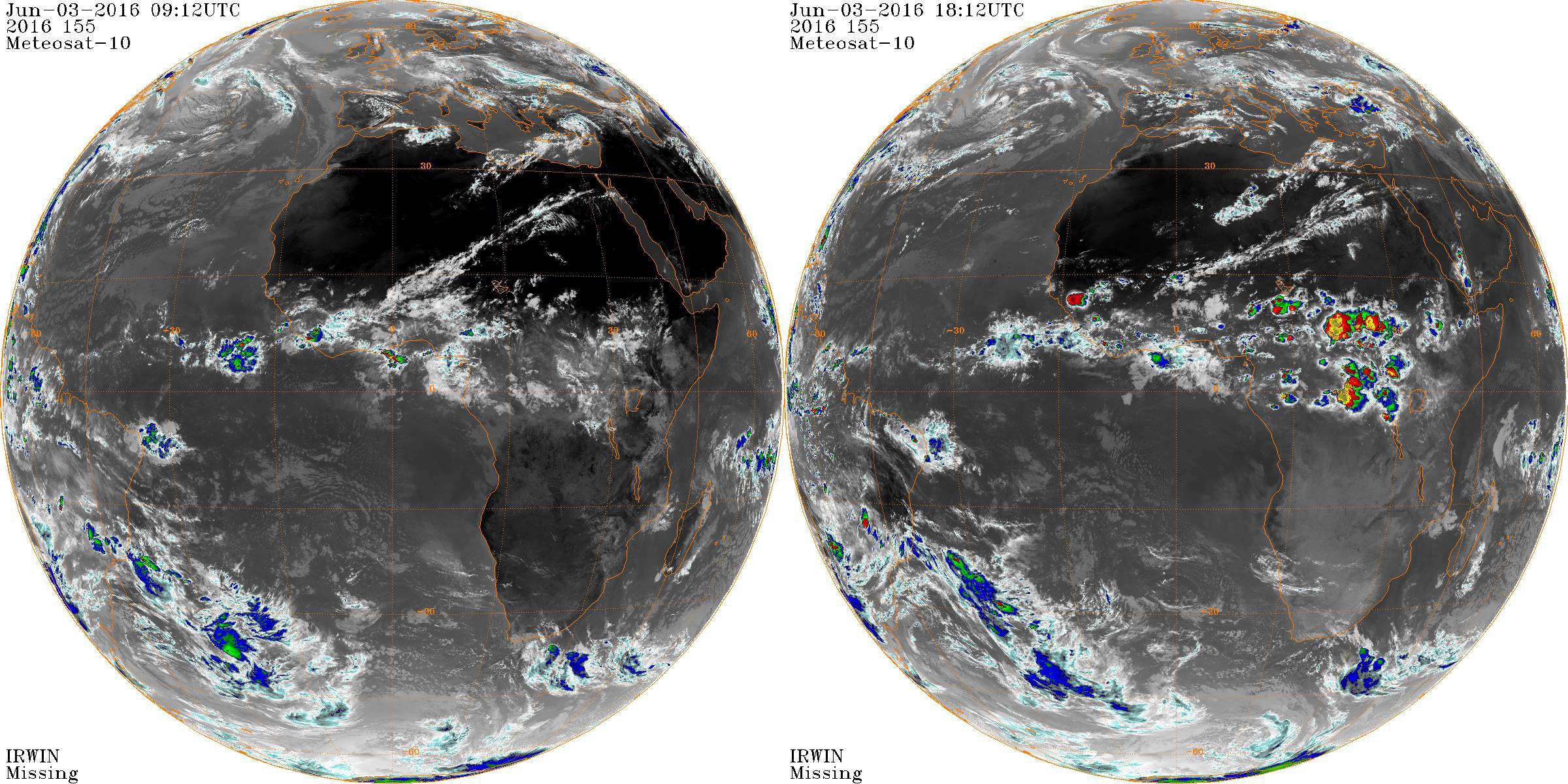
Πηγή εικόνας: cloudindx.com
Τέλος, ο καλλιτέχνης James Bridle κυκλοφόρησε το 2018 το πανέξυπνο βιβλίο του “Νέα Σκοτεινή Εποχή”, το οποίο είναι ένα έργο για τα βασικά θέματα γύρω από την τεχνητή νοημοσύνη και τα επικίνδυνα feedbacks αυτής που προκύπτουν σήμερα. Στο έργο του για την Serpentine, ανέπτυξε μια πλατφόρμα που ονομάζεται The Cloud Index, η οποία τροφοδοτεί ένα νευρωνικό δίκτυο με δορυφορικές εικόνες των μετεωρολογικών σχηματισμών του Ηνωμένου Βασιλείου και με αποτελέσματα δημοσκοπήσεων για το Brexit. Αυτό που έκανε το cloud index ήταν να παραγάγει ένα λογισμικό που μπορεί να χρησιμοποιηθεί για τη δημιουργία διαφορετικών καιρικών προβλέψεων, με βάση διαφορετικά πολιτικά αποτελέσματα. Στο βιβλίο του ο Μπριντλ κάνει έμμεση αναφορά στις υποσχέσεις τού «Big Data» και την οικολογική προσέγγιση της Silicon Valley, με συμπέρασμα την ιδανική για την εταιρεία λύση: «Αν θέλουμε να αλλάξουμε το μέλλον, πρέπει να αλλάξουμε τον καιρό».
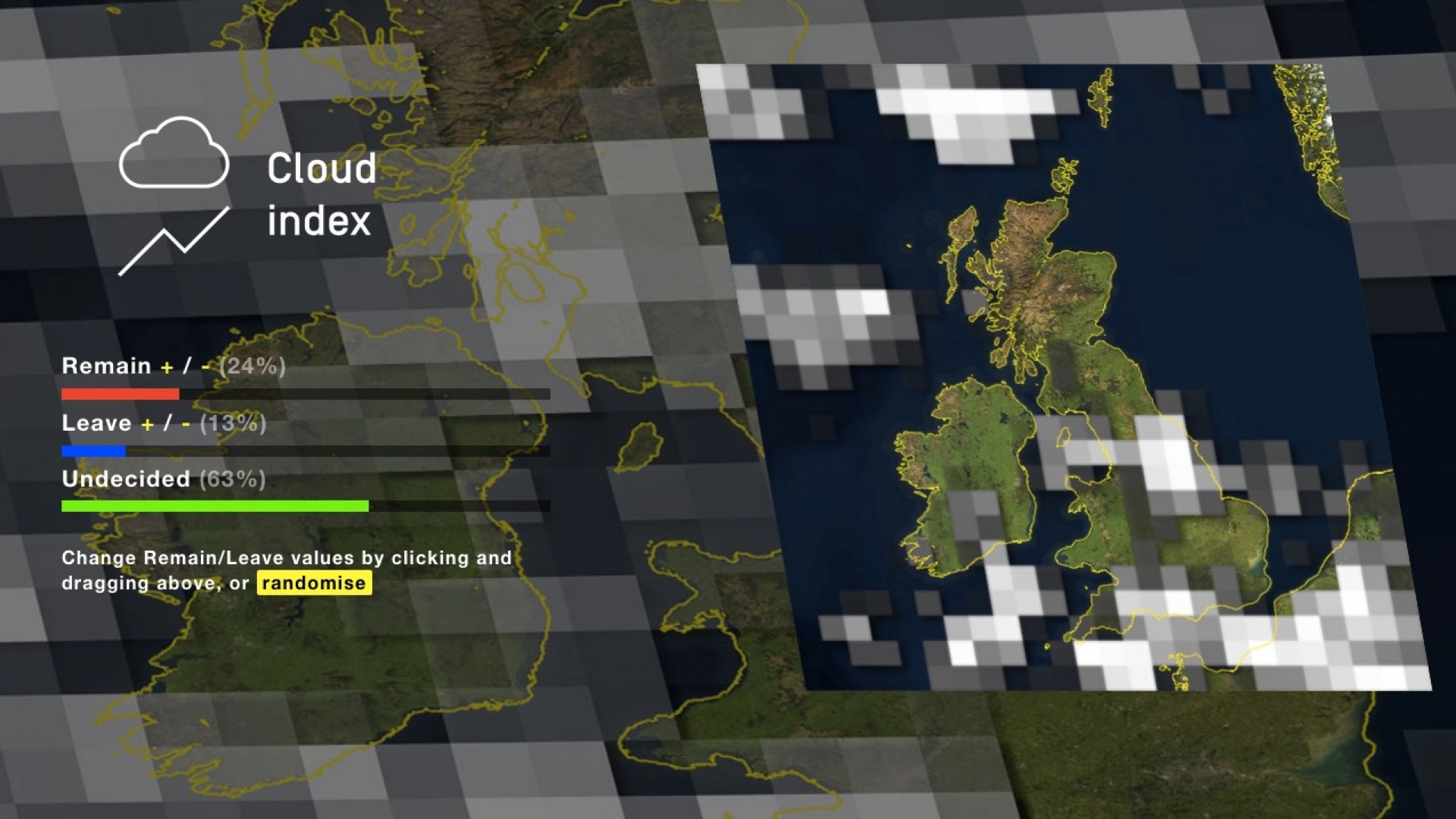
*”παιγνιοποίηση”: όταν η σύγχρονη τέχνη παίρνει χαρακτηριστικά παιχνιδιού και διάδρασης με το κοινό-χρηστη, προσομοιάζοντας ή/και χρησιμοποιώντας πλατφόρμες κοινωνικής δικτύωσης. Παραπέμπει σε μια μορφή σύγχρονου πειράματος που οικειοποιείται τη διαδεδομένη γλώσσα του δικτύου, με στόχο να εξάγει συμπεράσματα ως καλλιτεχνική πρακτική.
Di Raddo, E., From the artwork to the museum: Gamification as an instrument of Art, in Massi, M., Vecco, M., Li, Y. (ed.), Digital transformation in the cultural and creative industries. Production, Consumption and Entrepreneurship in the Digital and Sharing Economy., Routledge, Λονδίνο, 2020, σσ. 53- 83
Δραγώνα Δάφνη, The game of data: the asymmetries of power and the possibilities of resistance in the playful web, Δ.Δ Τμήμα Επικοινωνίας και Μέσων Μαζικής Ενημέρωσης, ΕΚΠΑ, 2016, σσ. 207-249
Περισσότερες πληροφορίες:
https://jamesbridle.com/works/under-the-cloud
https://jamesbridle.com/works/do-it
https://jamesbridle.com/works/server-farm




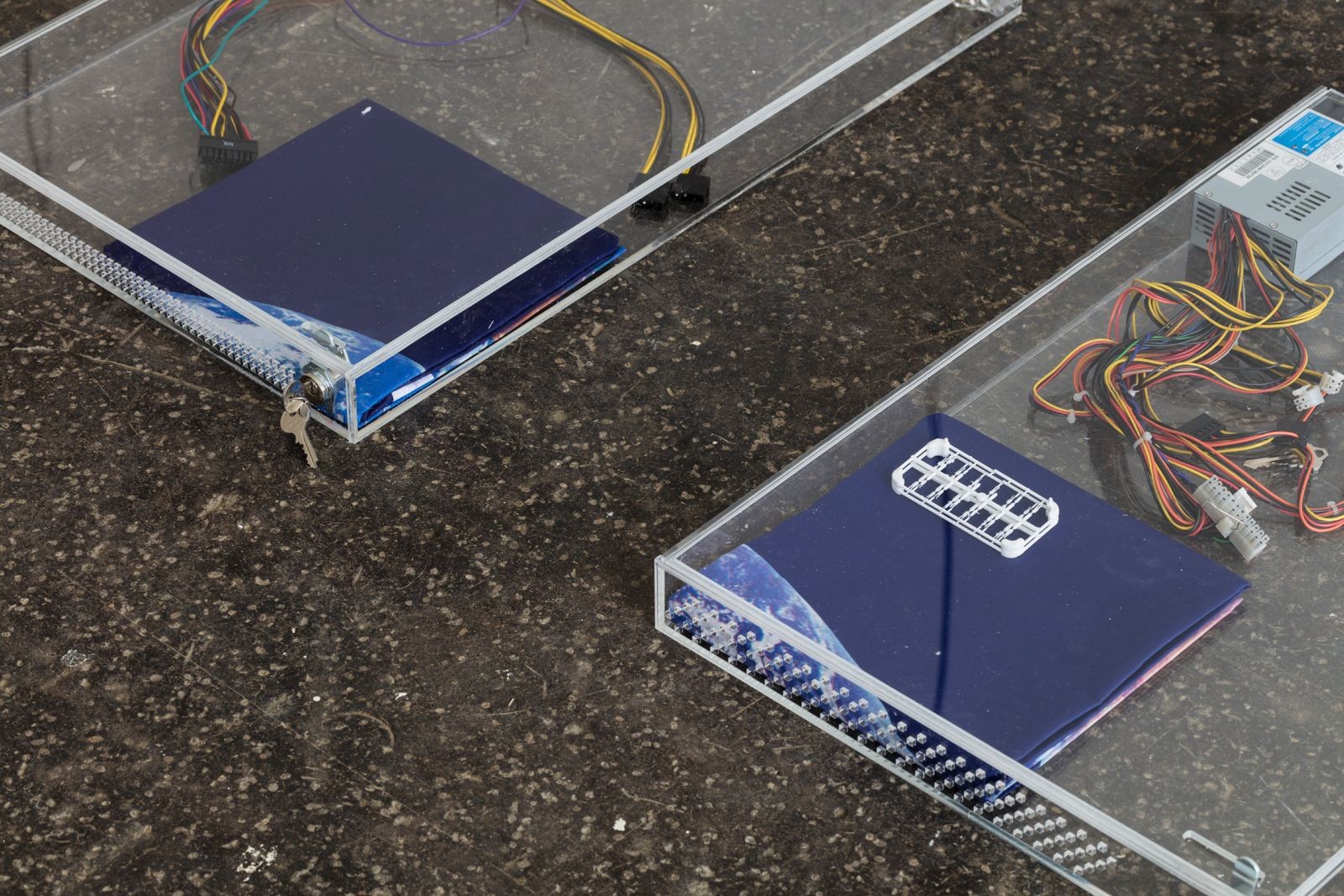
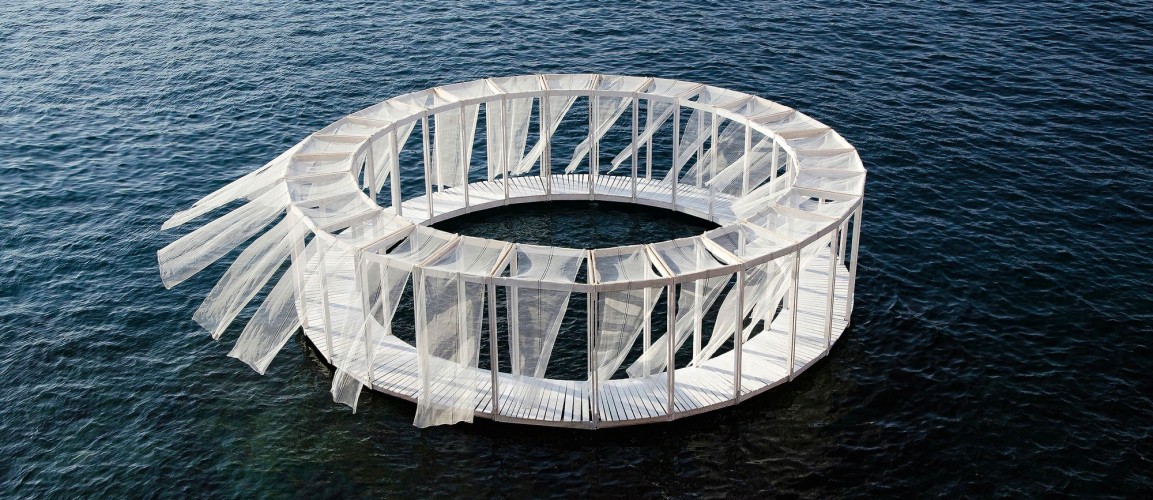

.jpg)
.jpg)